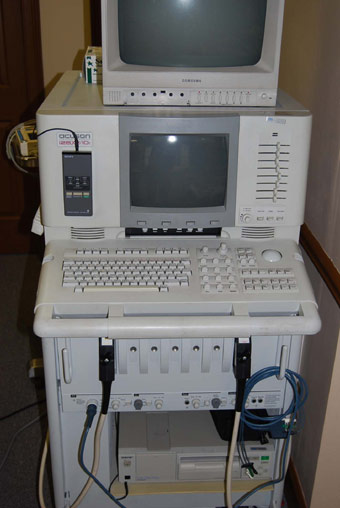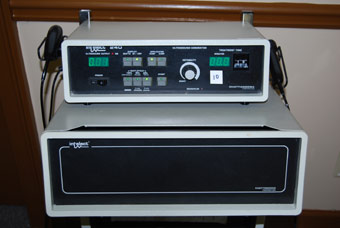Clinic Inspection and Provider Fraud
Course curriculum
This advanced specialty
course is for investigators, analysts, attorneys, and adjusters
investigating healthcare fraud. The course is interactive, in-depth
and “hands on” conducted in a clinical environment. Special emphasis
is placed on injuries and conditions, equipment and the clinic
inspection.
Overview of provider
fraud
Overview of the indemnity, health, medicare and workers'
compensation third party payor systems. Overview Organizational
structure of the systems. Overview insurance policies and insurance
principles of compensation.
Insurance Concepts and
terminology
Benefit provisions.
Compensability, Abuse and Fraud
Medical
terminology-
review and introduction to diagnoses, terms used in medical records
and improper use of terminology to create deception.
Overview
- Chiropractic
Overview
- Physical therapy
Physical
examination demonstration and equipment- Computerized range of motion
testing, neurological exam, orthopedic exam, chiropractic exam,
Computerized muscle testing


Medical records
– history of present illness, physical and past medical history.
Types of progress notes,
operative reports, xray reports
Operation and
demonstrations of clinic equipment. Vax-d and
spinal decompression devices, diagnostic ultrasound, xray,
electrical stimulation equipment, Hako-Med, strength and ROM
equipment, EEG sleep lab equipment, chiropractic adjusting tables
and equipment, activator, massagers, inter-segmental traction, hot
packs, hydroculator, cold packs, infrared,
cold laser, TENS, spray and
stretch, chiropractic manipulation, traction, paraffin bath,
Diagnoses
– trauma, pre-existing and cumulative trauma. Aggravation and
exacerbation. Common injuries, neck, back, head, shoulders, knees,
airbag injuries. Biomechanics of and the mechanisms of common
injuries. Can you get that injury from that accident?
Treatment plans
– design, purpose and what should be included
Coding
– CPT and HCPCS codes, The correct use of billing codes and
detection of improper use of billing codes. Upcoding, exploded
codes, modifiers, duplicate therapy codes, overlap, miscoding, E&M
“evaluation and management” codes – proper and improper use
Medical
necessity
– use of therapies not supported by the diagnosis, unnecessary
treatment, contra-indicated therapy.
Detecting
deception
in medical personnel interviews and medical records
Video
surveillance
– medical analysis for strength, range of motion
Return to work,
rehabilitation, vocational rehabilitation.
MMI
- Maximum medical improvement
MVAs
- Low speed collisions and how they feed the fraud, Diagnoses and
treatment plans in low speed trauma, Combating overutilization in
low speed trauma cases, Understanding Biomechanics of injury
Documenting
Pre-accident medical and mental conditions
Medical provider
Serious and willful misconduct
Investigation
- “on site” and pre-visit preparation.
Interviewing medical providers
Requesting
medical records
Knowledge and
use of utilization guidelines
Medical evidence.
Medical evidence developing and presenting.
Ethical issues.
Statutes and
regulations
governing investigations and privacy
Benefit
provisions
- compare and contrast health, P&C, Medicare.
Fraud
– legal definition, levels and methods of proof.
Utilization
guidelines,
best practice guidelines, their use in interviewing
Background
checks prior
to “onsite inspection”
Multidiscipline clinics
Provider push back
Facility
inspection
“0n-site”
Sources of information for background investigations of health care providers.
Spread sheets
and analysis of data
Developing and
presentation of a case for prosecution

